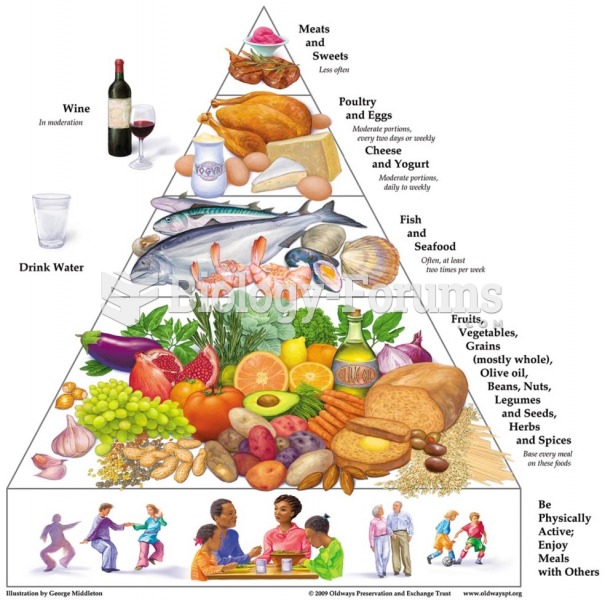Answer to Question 1
If Mr. Garcia weighed 155-170 lbs, he would be at a BMI of 22-24, which is within the normal range.
The Hamwi equation (with a 10 fluctuation) suggests a healthy weight range for Mr. Garcia would be 149-183 lbs. This would be a BMI of 21.4 to 26.3, suggesting that a lower maximum weight of 170 lbs may be ideal.
Answer to Question 2
The following are PES statements for all of the possible problems. In this case, priority problems are most likely those that are a result of the admission diagnosis of ischemic stroke as these will provide the basis for the nutrition intervention while in the hospital and immediately post-discharge.
Inadequate oral food/beverage intake related to dysphagia associated with the esophageal transit phase following an ischemic stroke as evidenced by patient currently being NPO
Swallowing difficulty related to dysphagia associated with the esophageal transit phase following an ischemic stroke as evidenced by reduced esophageal peristalsis
Chewing difficulty related to dysphagia associated with the esophageal transit phase following an ischemic stroke as evidenced by tongue deviation
Excessive energy intake related to large portions of food and sweetened beverages as evidenced by typical daily intake of 1938 kcal compared to recommended daily average intake of 1600 kcal
Excessive saturated fat intake related to frequent consumption of animal meats as evidenced by 10 saturated fat intake and usual consumption of 4-6 oz of fried pork chop and chicken.
Excessive sodium intake related to frequent consumption of high-salt foods as evidence by usual sodium intake of 2712 mg/day and usual intake of saltine crackers and soup.
Inadequate potassium intake related to minimum intake of fruits and vegetables as evidenced by typical daily intake of 3452 mg compared to recommended daily average intake of 4700 mg
Overweight/obesity related to excessive energy intake as evidenced by BMI of 33.9.







